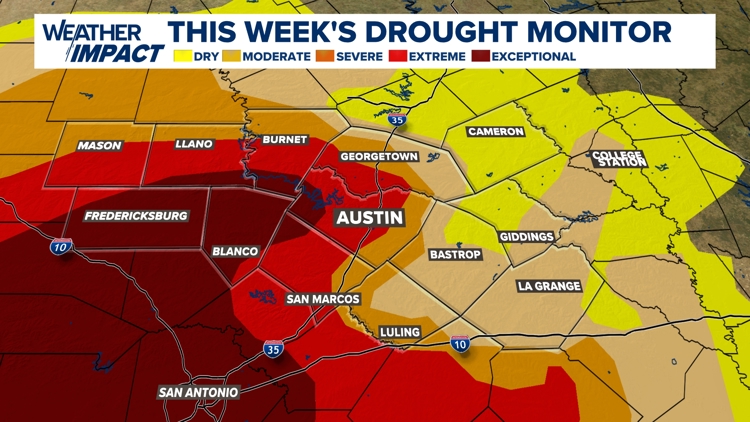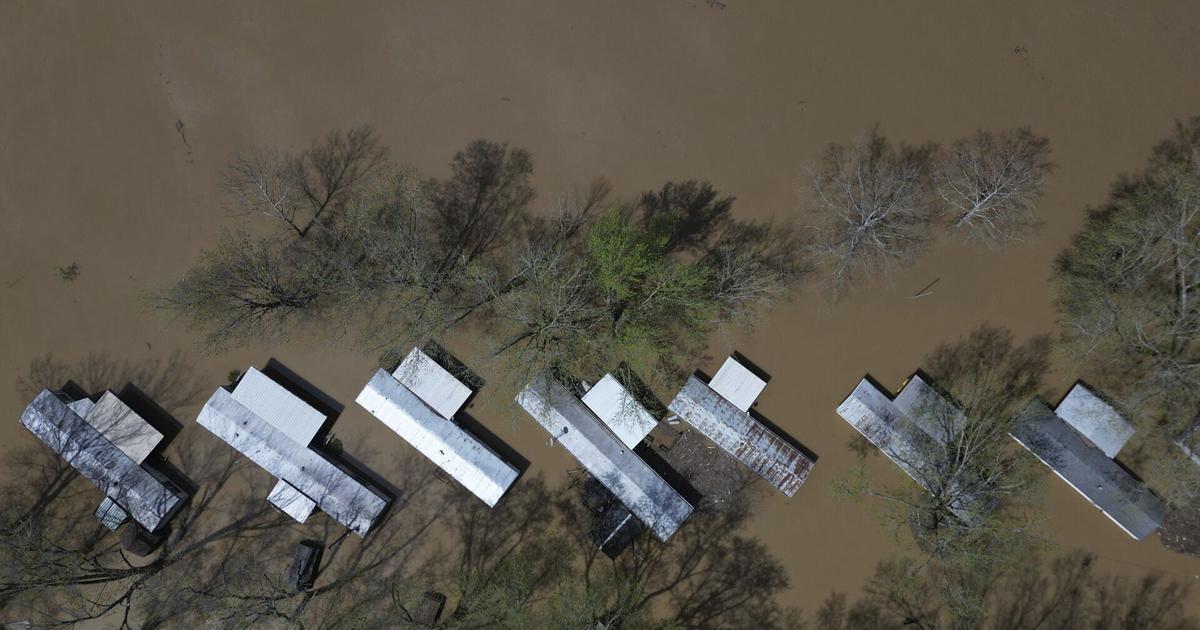April 15, 2025 report This article has been reviewed according to Science X's editorial process and policies . Editors have highlightedthe following attributes while ensuring the content's credibility: fact-checked peer-reviewed publication trusted source proofread by Bob Yirka , Phys.org A trio of environmental scientists at the Mediterranean Institute for Advanced Studies Consejo Superior de Investigaciones Científicas—Universidad de las Islas Baleares, working with a pair of meteorologists from the National Center for Atmospheric Science, at the University of Reading, in the U.
K., has found that global warming has led to tripling the length of ocean surface heat waves. In their paper published in Proceedings of the National Academy of Sciences , the group describes how they created a model showing what sea surface temperatures would have been had global warming never occurred.

They then compared their model with real measurements from the world's oceans to show how global heating has pushed up sea surface temperatures. To build their model showing what sea surface temperatures would have been, had global warming never occurred, over the period 1940 to 2023, the team used historical data , which they then used to develop long-term trends of global sea surface temperature. They then used the model they had created to discover the changes in marine heat waves over the past eighty years.
Marine heat waves are where portions of the sea surface are warmer than normal for certain periods of time. They are of concern because warmer surface temperatures mean more evaporation, which generally means stormy weather . Thus, the more heat waves there are, the more storms there are, which can cause problems for areas along coastlines—from hurricanes to flooding from heavy rains.
The researchers note that marine heat waves can also damage sea grass meadows, causing problems for the creatures that live among them. In their comparisons, the research team found that approximately half of the marine heat waves since 2000 would not have occurred without global warming . They found that over the past several decades, heat waves have occurred more often, and have increased in intensity—they are now approximately 1°C warmer.
They also found that there were just 15 days of extreme marine heat waves in the 1940s per year, while today, that figure has jumped to 50, and some areas, such as parts of the Indian Ocean, experience up to 80 of them every year. The research team notes that the marine heat waves are on top of overall warmer ocean temperatures—they note that the ocean absorbs approximately 90% of the extra heat trapped by greenhouse gases. The only solution, they suggest, is reducing the emission of greenhouse gases to prevent further heating of the planet.
More information: Marta Marcos et al, Global warming drives a threefold increase in persistence and 1 ° C rise in intensity of marine heatwaves, Proceedings of the National Academy of Sciences (2025). DOI: 10.1073/pnas.
2413505122 Journal information: Proceedings of the National Academy of Sciences © 2025 Science X Network.
Environment

Global warming has tripled the length of marine heat waves since 1940, modeling study finds

A trio of environmental scientists at the Mediterranean Institute for Advanced Studies Consejo Superior de Investigaciones Científicas—Universidad de las Islas Baleares, working with a pair of meteorologists from the National Center for Atmospheric Science, at the University of Reading, in the U.K., has found that global warming has led to tripling the length of ocean surface heat waves.















